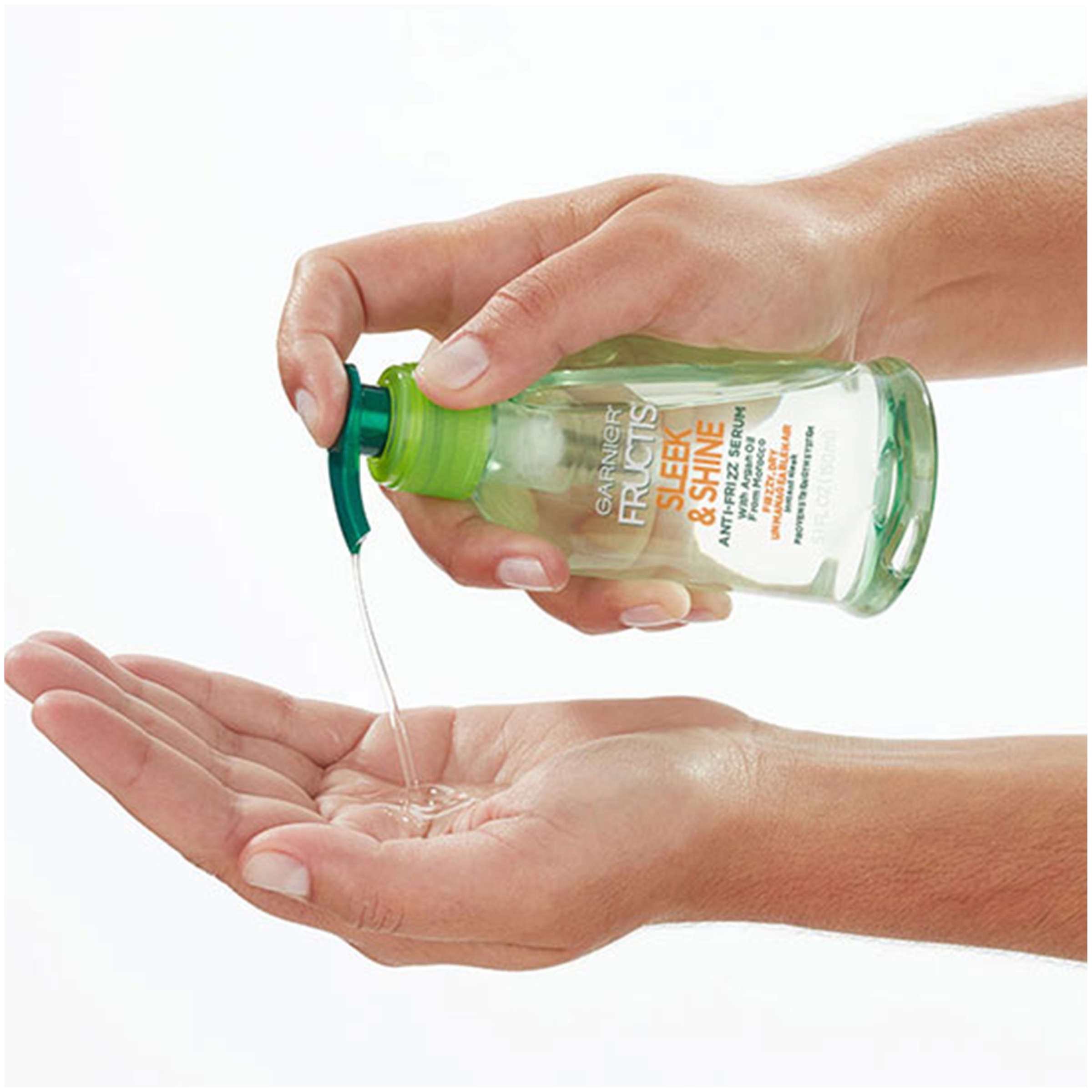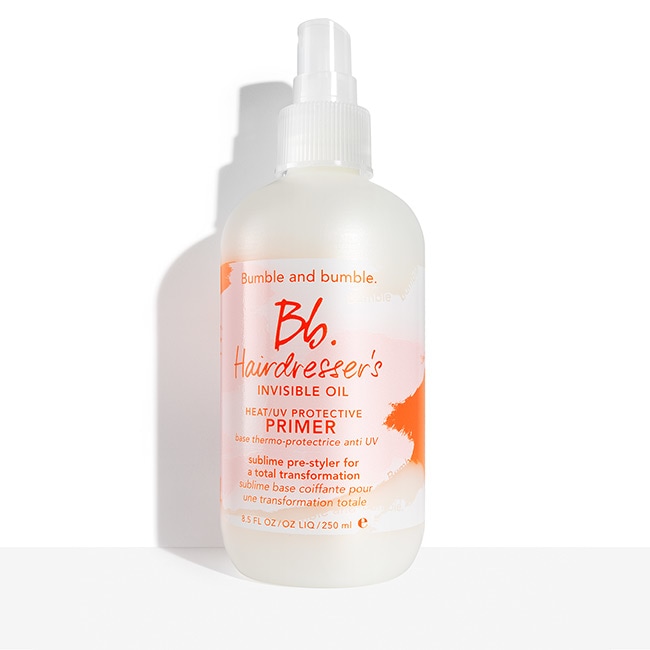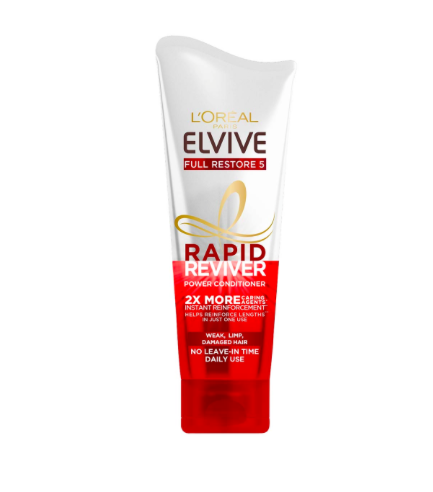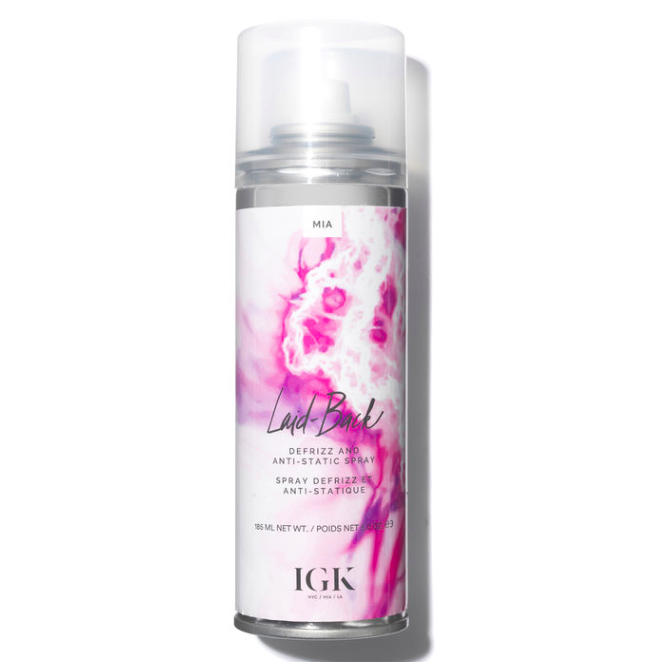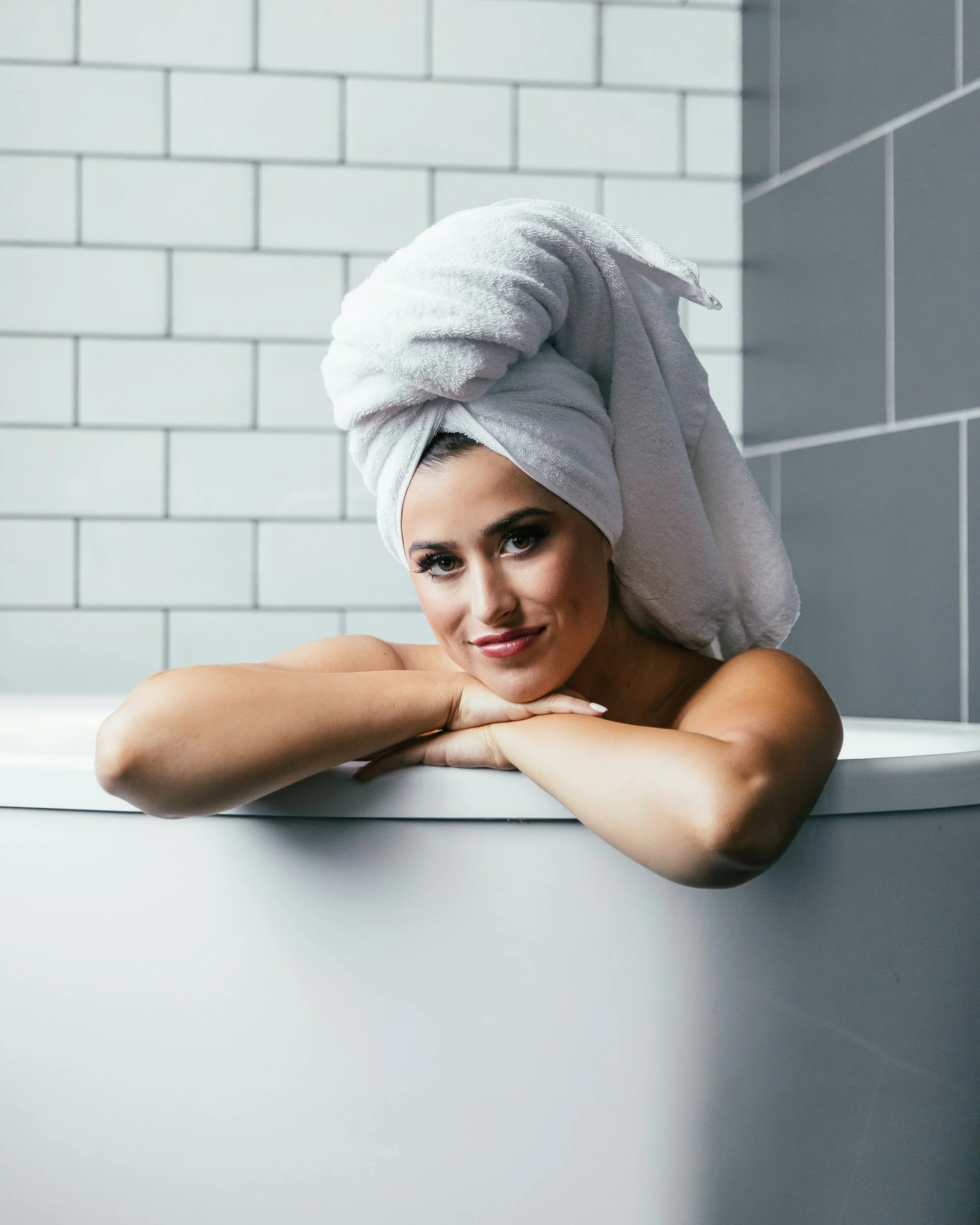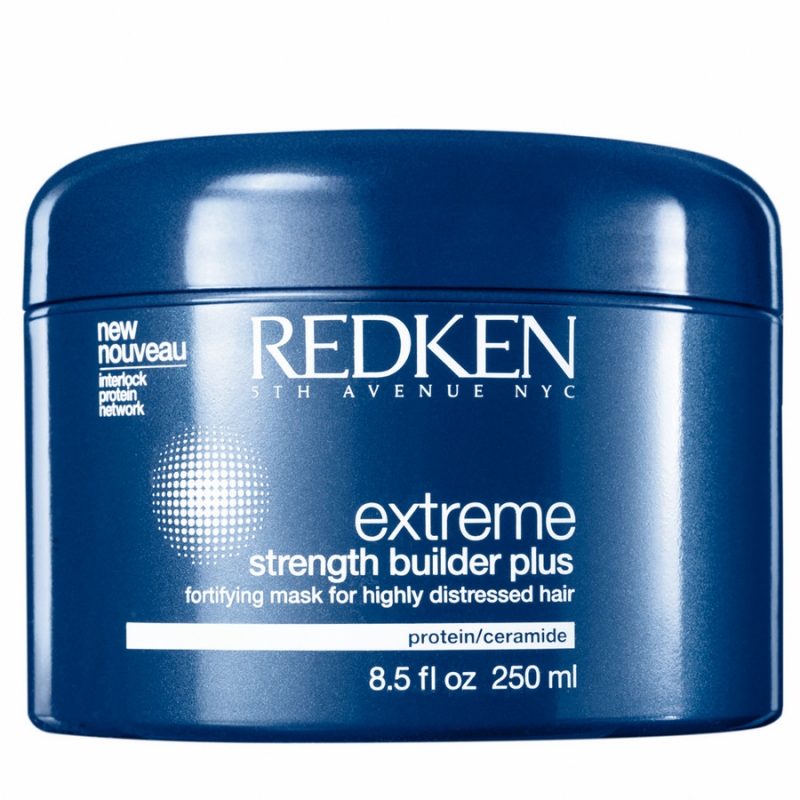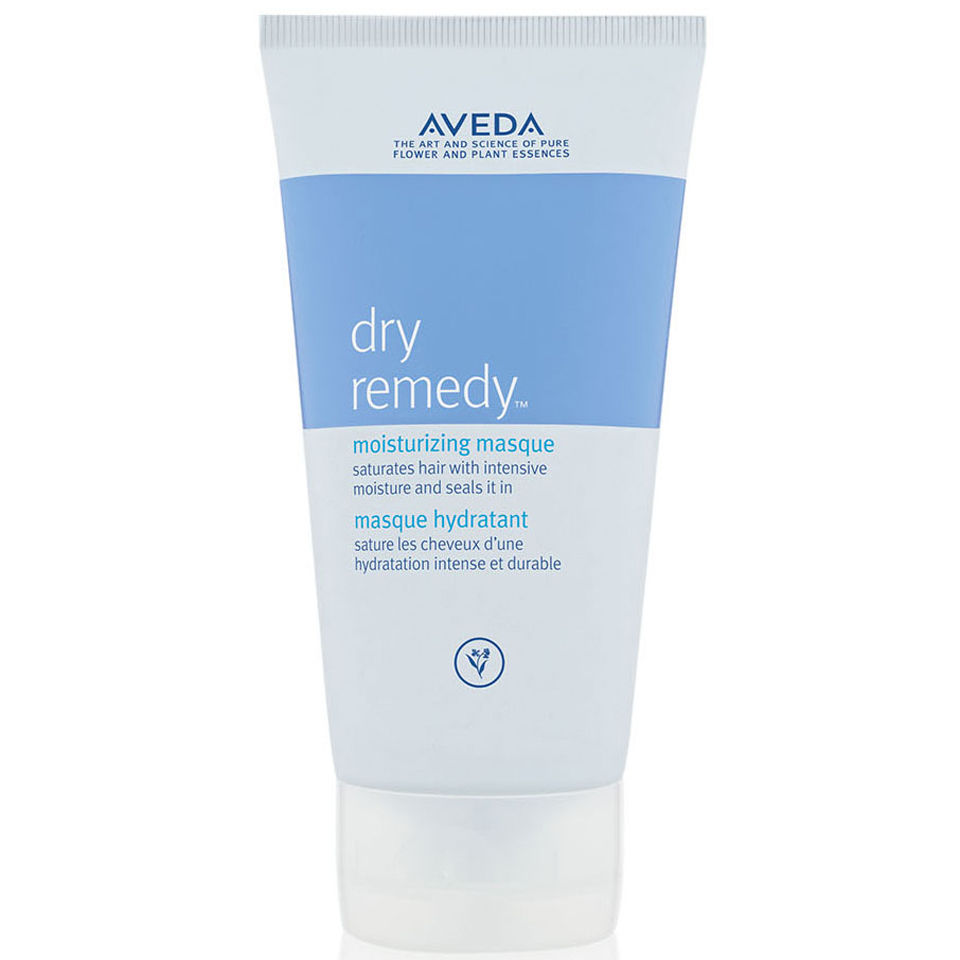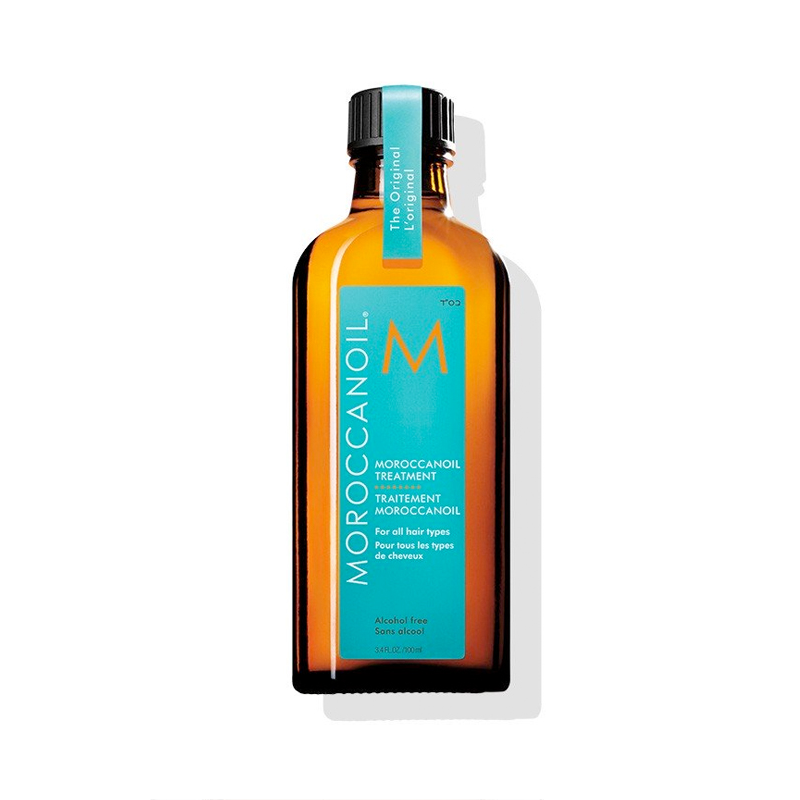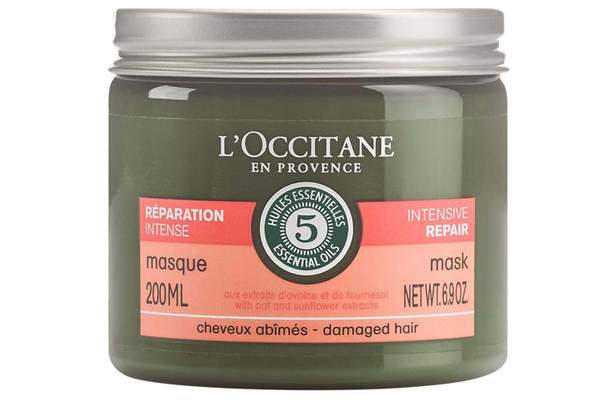Growing out your hair can be challenging but with patience and dedication, you will get there!
And with our expert tips, you'll be on your way to achieving the long, healthy hair of your dreams. Simply follow our five steps, below:
1. Experiment with different styles
During the awkward phase, experiment with different hairstyles to find what works best for you. Try plaits, messy buns and ponytails to keep things interesting.
2. Get regular trims
Although it may seem counterproductive, getting regular trims can help your hair grow longer and keep it healtthy. Having a trim every six to eight weeks helps avoid split ends from travelling up the hair shaft, causing additional damage and breakage.
3. Avoid over-shampooing
Over-shampooing can strip your hair of its natural oils, leading to dryness and breakage. Ideally wash your hair every other day or every two days, depending on your hair type.
4. Use heat protection products
Using hot styling tools such as straighteners, curlers or your hairdryer can damage your hair. Protect it by applying a heat protectant before using hot tools, which helps reduce breakage and split ends.
5. Stay positive
The awkward phase can be frustrating, but it's important to stay positive and remember that it's only temporary. Keep your hair healthy and take care of it, and before you know it, you'll be out of the awkward phase and well on your way to achieving your hair goals!




